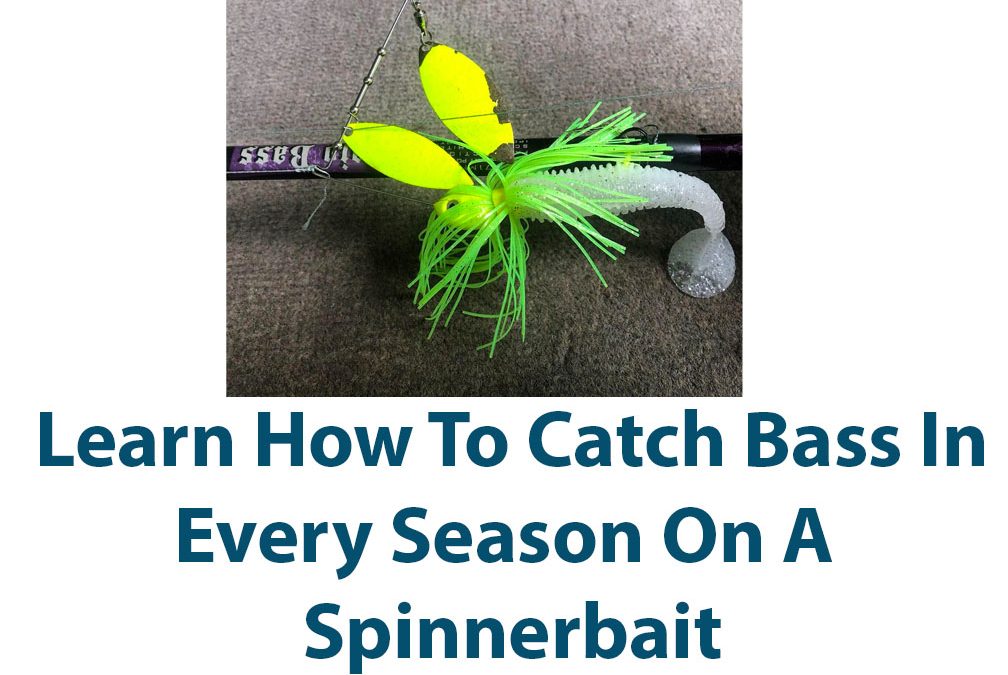Introduction
Hello and welcome to my tutorial on using spinnerbaits to capture bass throughout the year. I’ve spent countless hours as an avid angler honing my skills and discovering new strategies to capture more fish. Since I can remember, spinnerbaits have been a mainstay in my tackle box, and for good reason. They are adaptable lures that may be used in a range of fishing situations and can imitate different types of baitfish. I’ll go over the finest spinnerbait techniques for the winter, pre-spawn, spawn, post-spawn, summer, and fall in this article. So let’s get going!
Winter
Slow and steady fishing is what most fishermen envision when they think of winter fishing. Winter spinnerbait fishing is no different. Bass typically go to deeper water as the temperature drops. Because of this, fishing in the winter is an excellent time to use a slow-rolling spinnerbait. When retrieving the bait using the slow rolling approach, you move extremely slowly. Because spinnerbait blades produce a modest vibration that attracts bass without being overly aggressive, this approach works well with spinnerbaits.
Natural hues like white or silver are excellent options when it comes to color since they can mimic the hue of shad, a typical wintertime food source for bass. A 1/4 to a 1/2 oz bait should be adequate, but it’s always a good idea to have a variety of sizes in your tackle box to adapt to the fishing conditions.
Additionally, you should think about the depth at which you are fishing. Fishing around drop-offs or cover close to the deeper areas of the lake is an excellent place to start because bass often go to deeper water in the winter. I prefer to use a heavier bait in the winter because of this. This will assist in lowering the bait to the lake’s bottom, where the fish are.
Pre-Spawn
Bass start to travel from deeper water to shallower water when winter transitions into spring in order to get ready for the spawn. This action makes the pre-spawn a thrilling period to bass fish. Bass start to move into shallow water at this time as well as shad. This makes using a spinnerbait with a quicker retrieve ideal. You can get the bass’s attention by utilizing a faster retrieve to mimic the shad’s movements.
The clarity of the water must be taken into account while determining color. Silver and gold are natural colors that look good in clean water. Bright hues like chartreuse and orange can aid the bass in finding your bait in murky water. A 1/4 to 3/8 oz bait is an excellent place to start when it comes to size. To efficiently reach the fish, you might need to modify the size of your bait based on the depth at which you are fishing.
Bass prefer to relocate to transitional locations when they get closer to their spawning grounds during the pre-spawn. This could be anything from a modest decrease in depth to a structural alteration. Therefore, when fishing in the pre-spawn, it’s crucial to pay attention to depths and undersea structure.
Spawn
Bass fishing is at its most magnificent during the spawn. Bass go into shallow water to spawn during this time, making them highly approachable to fisherman. To protect the fishery, it’s crucial to handle fish cautiously and engage in catch-and-release fishing because this is a very vulnerable time for them.
The secret to successful bass fishing during the spawn is to use slow, consistent retrieves. This is due to the bass’s greater attention to nest defense than to feeding. A slow and steady retrieve will aggravate the bass and prompt them to strike for this reason.
Regarding color, earthy hues like green or brown might be fantastic choices at this time because they can blend in with the surrounding environment. Lighter lures are preferable in terms of size since they better resemble any nearby smaller baitfish.
Fishing in shallow brush piles or shelter close to the spawning grounds is crucial during the spawn. It’s also crucial to keep in mind that bass may become more aggressive when defending their nests, so using a trailer hook is a good option to guarantee a strong hookset.
Post-Spawn
Bass will return to deeper water after the spawn to recover. Post-spawn fishing might be difficult at times, but it can also be highly rewarding. Bass are more likely to be aggressive during this season, and a variety of lures, including spinnerbaits, can be used to catch them.
It’s crucial to fish with a more aggressive retrieve during the post-spawn. This can be achieved by utilizing a bait with a more aggressive blade arrangement and a faster retrieve. A blade’s angular design can increase vibration and make your bait more noticeable to fish.
The clarity of the water must be taken into account while determining color. Natural colors perform well in clean water, just like in the pre-spawn, but brighter colors may work better in murky water. A 3/8 to 1/2 oz bait is a decent place to start when it comes to size.
It’s crucial to fish in shallow to mid-depth water around cover during the post-spawn. This could be anything from weed beds to laydown logs. You can improve your chances of catching a hungry post-spawn bass by fishing close to these places.
Summer
Bass typically go to deeper water to stay cool as the temperature rises. Summer fishing might be difficult because of this, but it can also be incredibly rewarding. It’s crucial to fish in deeper water, close to ledges and drop-offs, during the summer.
A quick retrieve can be successful when using a spinnerbait in the summer since it can imitate the movements of the shad that the bass are eating on. It’s crucial to vary your retrieve, though, to evaluate how the fish are reacting.
Darker hues like black or blue, which can stand out in deeper water, are good choices for the summer when it comes to color. A 1/2 to 3/4 oz bait is a decent place to start when it comes to size.
It’s also vital to keep in mind that bass may strike at a bait with a trailer on it more frequently in the summer. This is so that the fish can find your bait more easily because the trailer can produce more vibration and aroma.
Fall
Bass will start to return to shallower water as the summer transitions into the fall. Bass will start to feed vigorously during this period to get ready for the next winter. Fall fishing is therefore a fantastic opportunity to catch some large bass!
A slow, consistent retrieve can be useful when retrieving your spinnerbait in the fall. This is due to the fact that bass are hungry and are more inclined to bite a bait that appears to be a simple meal. It’s also crucial to keep in mind that bass prefer to school up in the fall, so if you catch one, there’s probably another one nearby.
During the fall, it’s a good idea to use natural colors like brown or green. These hues can mimic the local baitfish’s color and mix in with the surrounding environment. A 3/8 to 1/2 oz bait is a decent place to start when it comes to size.
Fishing around places with a lot of baitfish is crucial in the fall. Anything from boulder heaps to shallow flats close to drop-offs can fall under this category. You can improve your chances of catching some hungry fall bass by fishing close to these places.
Conclusion
Spinnerbaits are adaptable lures that may be used all year long to capture bass in a variety of situations. Understanding the seasons of bass fishing and modifying your tactics accordingly can make all the difference whether you’re fishing in the winter or the fall.
Considerations for spinnerbaits include color, size, and retrieve speed, among other things. You may improve as a bass angler and catch more fish by trying with various methods and being aware of the fishing environment.
To preserve the fisheries, always handle fish gently and follow the catch-and-release rule. Most importantly, enjoy yourself! Be sure to take the time to take it all in since fishing is a wonderful way to unwind and appreciate the outdoors. Have fun fishing!
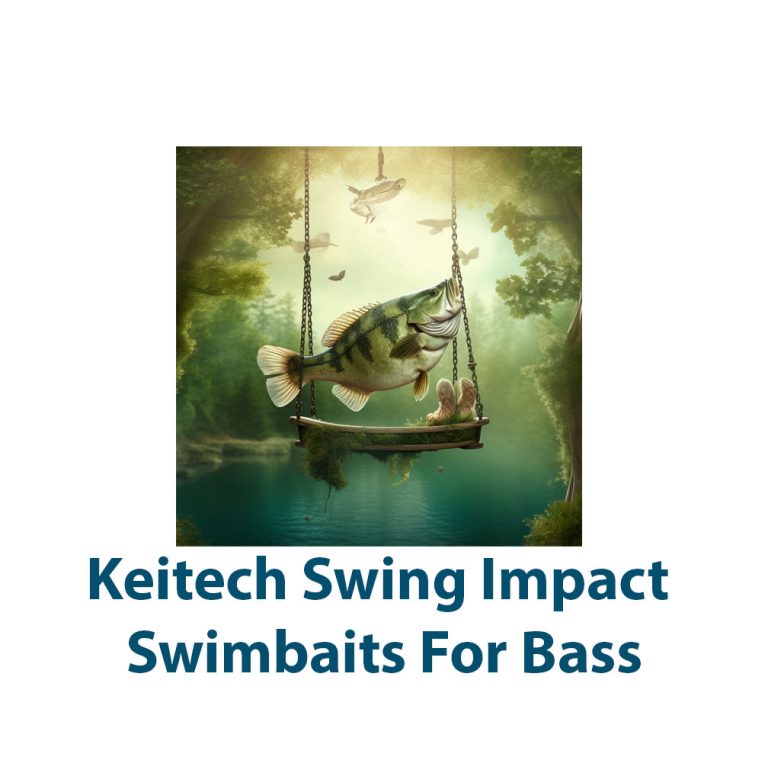
Keitech Swing Impact Swimbaits for Bass
Introduction Hey there anglers! If you’re in the market for some new swimbaits for bass fishing, I highly recommend checking out Keitech Swing Impact Swimbaits. They’re a favorite among many fishermen, including myself, and for good reason. In this article, we’ll dive into the science behind these lures, the different types available, techniques for using […]
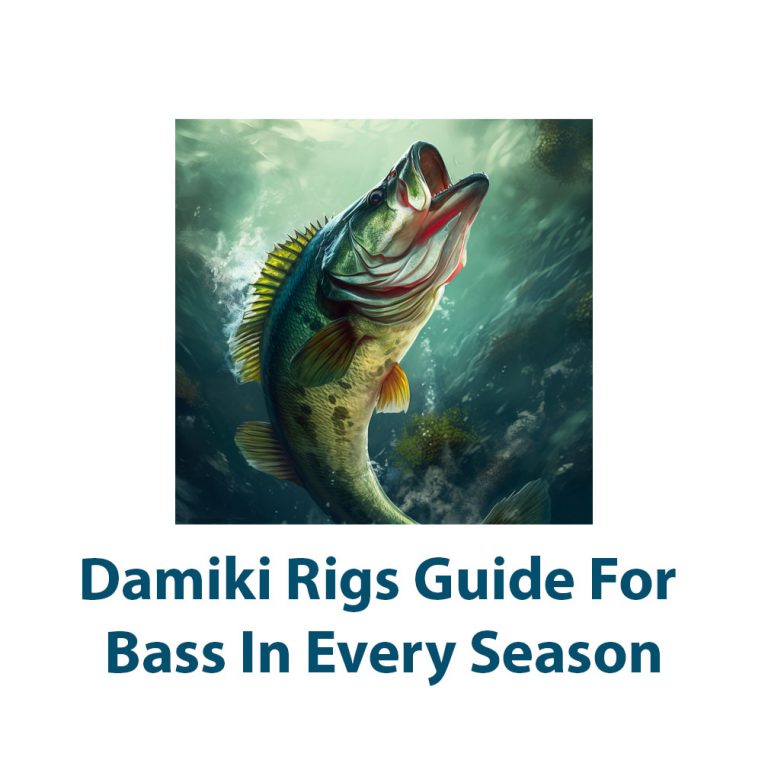
Damiki Rig Guide For Bass In Every Season
Introduction As an avid angler, I have always been fascinated by the various fishing techniques used to catch different types of fish. Over the years, I have studied and experimented with different types of rigs, baits, and lures to improve my fishing game. However, one rig that has consistently remained in my tackle box is […]
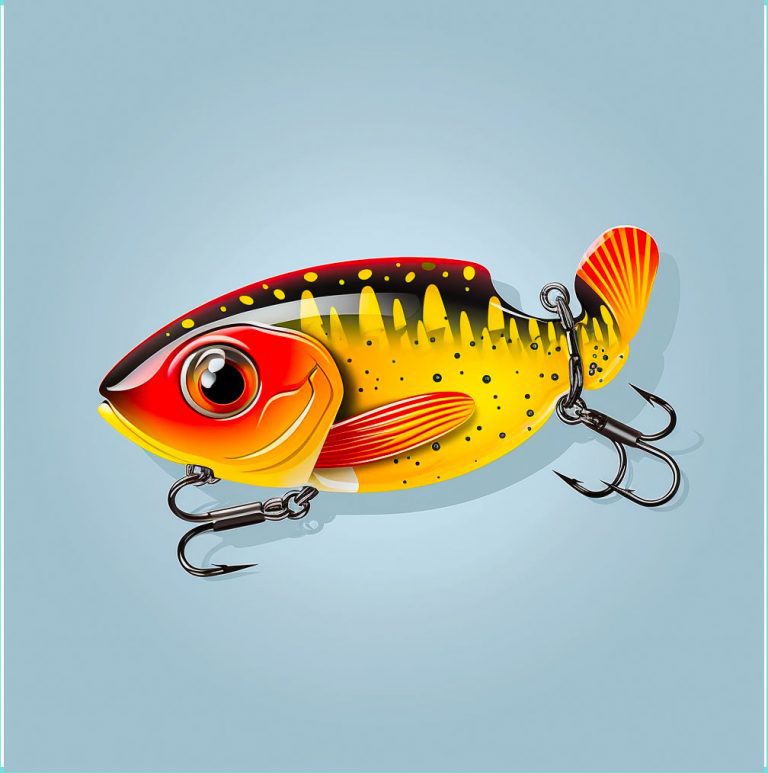
Lipless Crankbaits for Bass: Find Bass Fast
Introduction This article is going to look at fishing lipless crankbaits for bass. Fishing can be a rewarding and relaxing pastime, but let’s face it, catching fish is the main goal. Bass fishing, in particular, can be a challenge. You need to find where the fish are hiding, and then convince them to bite. And […]
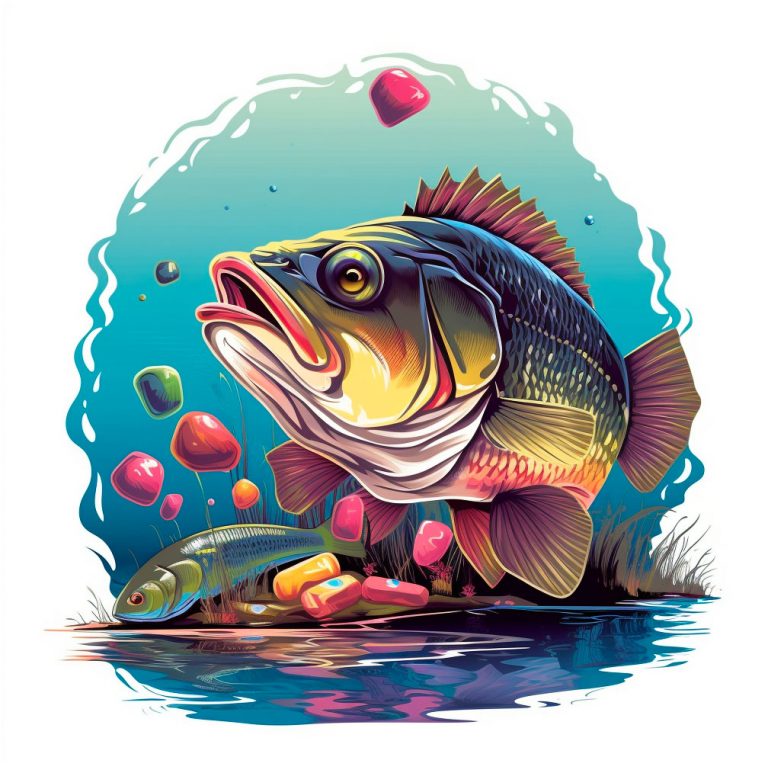
Zoom Trick Worms For Bass: Bass Candy
As a passionate angler, I have always been on the lookout for new and exciting ways to catch bass. After months of trying different techniques and bait, I stumbled upon a game-changing bait: Zoom Trick Worms. In this article, I will be sharing everything I have learned about using Zoom Trick Worms for bass fishing, […]
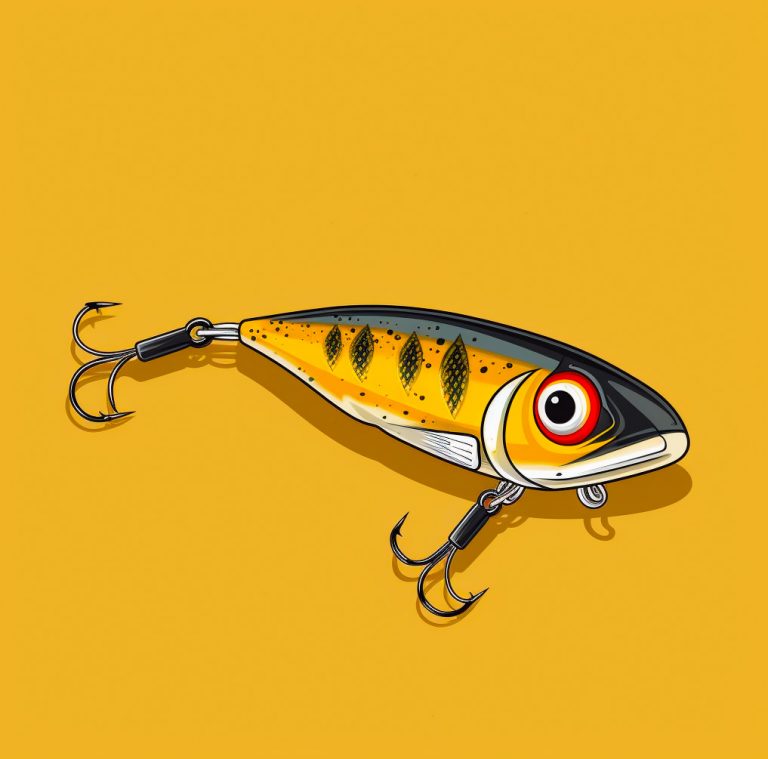
Jerkbaits For Bass: For Quality And Numbers
As an avid bass angler, I’ve tried all sorts of lures over the years. But there’s one type of bait that has consistently produced results for me – jerkbaits. These versatile lures have become a mainstay in my tackle box and are my go-to choice when targeting bass. In this comprehensive guide, I’ll share everything […]
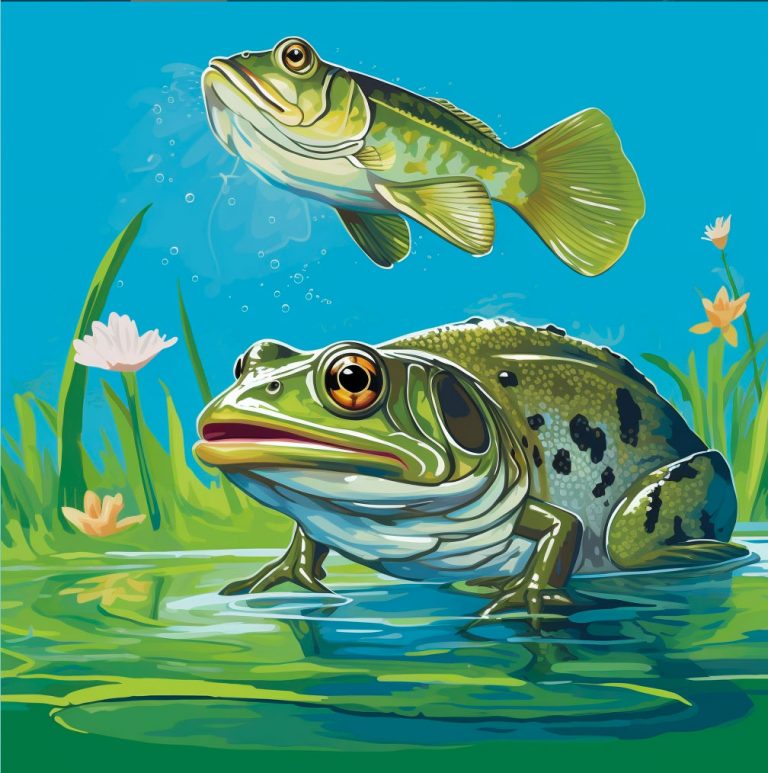
Topwater Frog Fishing For Bass: Comprehensive Guide
Introduction Fishing for bass is a popular sport that many anglers enjoy all over the world. Topwater frog fishing for bass is a technique that has become increasingly popular in recent years. This technique is very effective, and it can be a lot of fun too. In this article, we will provide you with a […]

